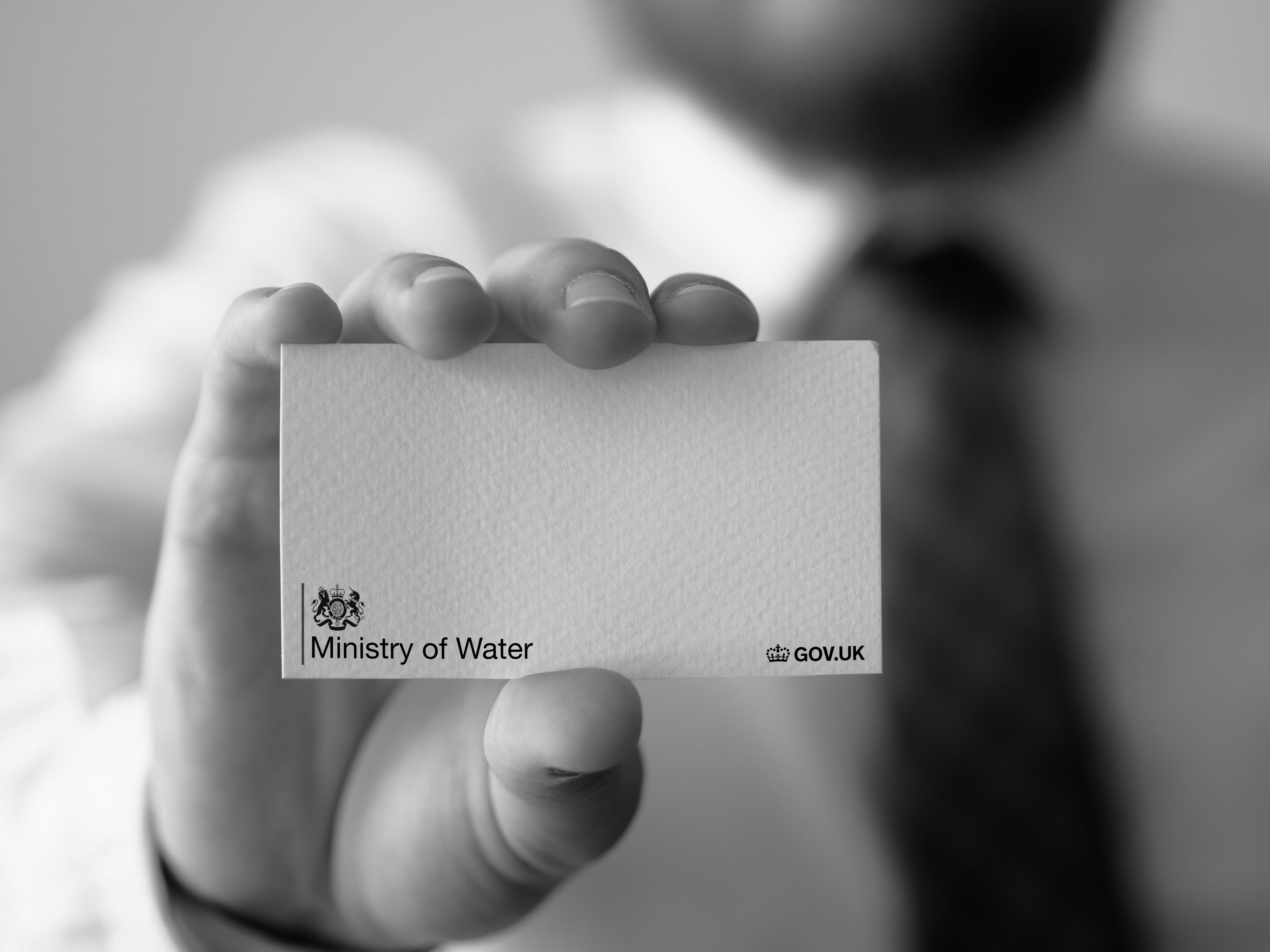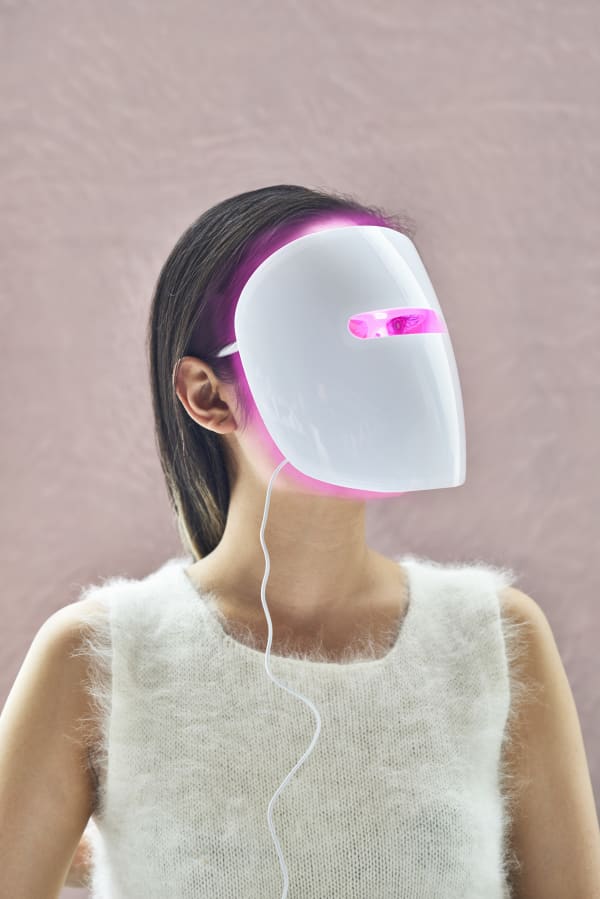With sea levels rising and the threats of drought growing, our lives are more vulnerable to the power of water, or lack thereof. From a collaboration with PUMA to the invention of the Ministry of Water, we look at the students exploring the value of water.
Last spring, our BA Fashion students collaborated with PUMA to create a collection promoting water conservation. The series, now in its second iteration, combines both illustrative elements such as maps and phrases with techniques such as dope dyeing that actively use less water that traditional methods. The 2020 collection, comprising footwear and garments, takes inspiration from seafaring gear and include students’ reflections on water stitched into interiors.

Turning to our graduating class of 2020, Aqua No More presents a near-future for the UK when freshwater supplies run out. Joseph Standing, MA Industrial Design, created The Ministry of Water and its public information campaign alongside voicemails from citizens to illustrate the scenario. The project began life looking at our use – knowing and unknowing – of water: the amount it takes to create a pair of jeans (20,000), the amount the average person uses in a day (142 litres), their recommended daily intake (3-5 litres).
His project confronts this use – and abuse – of water by projecting a future of imposed water rationing and resulting social unrest. Initially trained as a graphic designer, Standing used the UK Government’s official style guide to produce eerily realistic designs.
“The challenge was getting the information and then making it fictional in the sense that you could distinguish it from now, but making it real enough that you could see it being now. I’d never done that before.”
Aqua No More exploits the narrative power of critical design to ask audiences to reflect on the impact of their actions. This was Standing’s first foray into critical design: “I’ve absolutely loved working from a critical design perspective. I definitely want to carry on... There’s an important place for product design, we will always need better designed things, but do we need a new phone every year? If I can make something that can even get people talking and thinking about that, then I will.”
Talking a similar everyday starting point as Standing, Joy Mulandi’s M ARCH: Architecture project Revive River! began with her daily experience of the water cycle.
“You’re in your house and you go to your tap or you use the toilet. Where does this water go and what’s that cycle? We’re walking over sewers and pipes all the time and you never think about that.”
Mulandi’s research into London’s water uncovered a world of closed privatisation and pollution. Her solution is to decentralise the waste water system and open up the process. “In climate crisis, we can no longer design impermeable cities” she says and her project brings wastewater and its cleaning to the surface, seen and understood by the local people who use it.
Mulandi proposes a local wetland to filter waste water diverting it away from the larger, perhaps controversial treatments infrastructure. Not only does her design encourage civic engagement between residents and their water system but it also creates space for biodiversity in the area.
Madelyn Santa, MA Material Futures, also looked at cleaning the water supply. Focused on metal mining, Santa researched the impact of such processes on the surrounding soil and water. She found that the UK has 1,500km of rivers with unhealthy levels of metals due to acid drainage from abandoned mines.
“We always consider pollution to be visible to the human eye. But there’s lots of examples that we can’t see. The amount of metal that comes from a mine, we would consider to be a really small amount and the waterways look clear. But you see it in the changes to the flora and fauna that’s around the river, the soil quality.”
The main question Santa wanted to answer was how to extract these dangerous metals. Experimenting with electrical currents, she could pull metals out of water. But while technically the process worked, Santa became all too aware that this was not a scalable option:
“When you start looking at how energy effective systems are to clean the waterway it starts becoming really counter-productive. The amount of energy it takes to clean something would actually create more pollution than the pollution you’re trying to remove. That’s gut-wrenching.”
In lockdown, the project pivoted to one of narrative and activism. For Change for Rivers she recreated polluted river water in her bathtub and, using electricity, covered a coin with the extracted metals. Her choice of object is a poetic one: an object symbolic of value made from natural resource, a reflection of our persistent and hubristic hunger for exploitation.
Joseph Standing, MA Industrial Design, was a runner up in the MullenLowe NOVA Awards.
More:
-
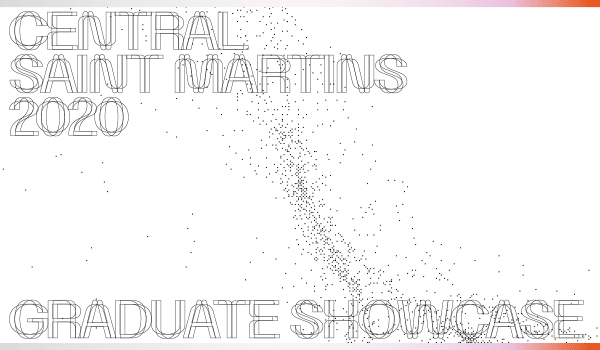
Central Saint Martins Graduate Showcase
-
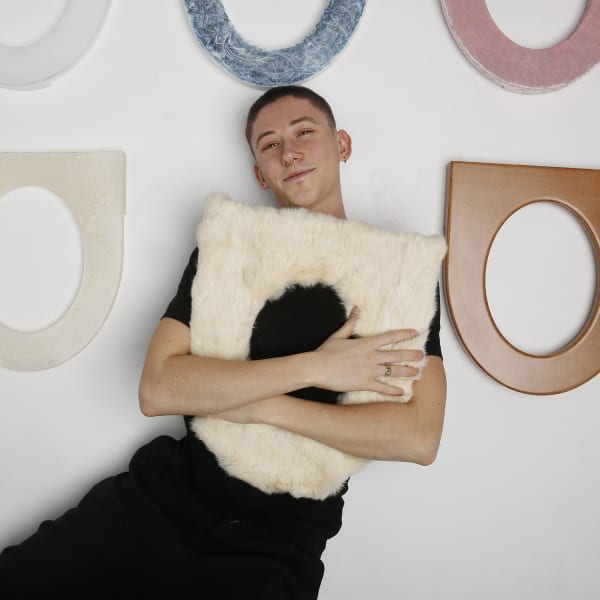
Mark Freeman - Peckham's Convenience (Credit: Mark Freeman)
-
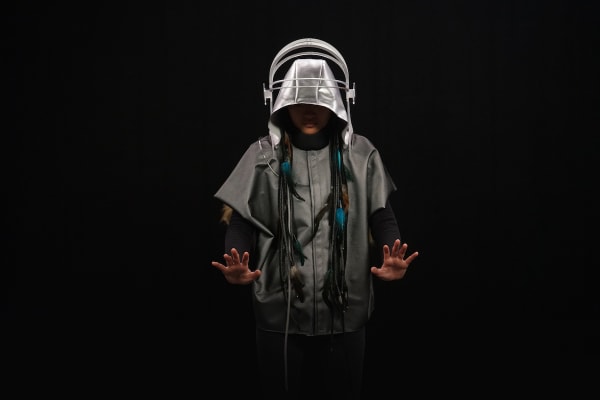
Evgeniya Chernykh,
